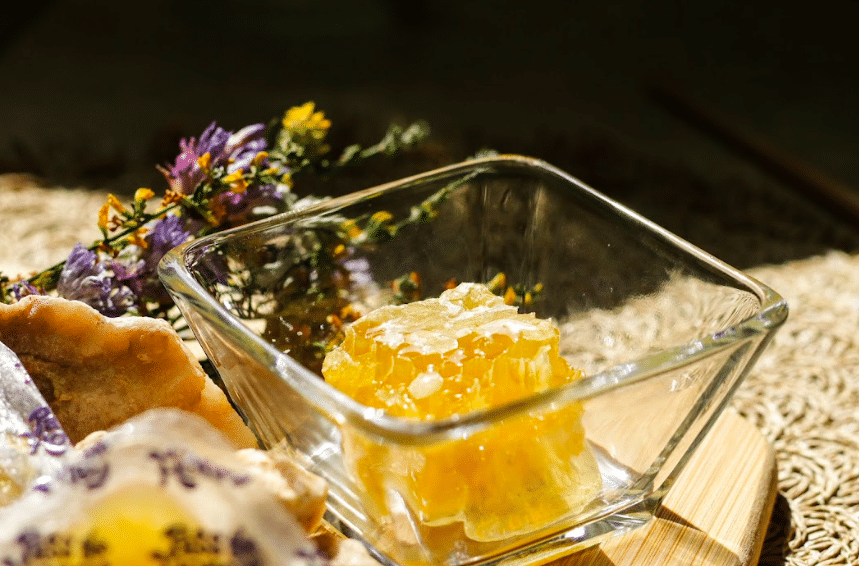We all know what bees are, what they produce, and, evermore, the extremely important role they play in the environment. But it’s their most famous, and tasty, object– honey – that possesses incredible healing qualities. Within honey, in fact, there have been identified substances of surprising characteristics as a therapeutic agent against a wide variety of infectious diseases and their symptoms.
According to the study Honey: Single food stuff comprises many drugs published in the Saudi Journal of Biological Sciences, honey contains an impressive list of vitamins, minerals, proteins, sugars, and pigments such as calcium, iron, magnesium, potassium, phosphorous, vitamins B2, B3, and C, a unique mix of compounds for a naturally produced food. As stated in the paper, honey can be considered a kind of therapeutic mix of drugs capable of aiding in the cure of numerous infectious diseases that afflict people. Beginning with antiquity, societies all over the world, like the Egyptians’, Greeks’, Assyrians’, and Chinese used honey as a medicine, and today, especially most recently, health researchers have experimented evermore with its use in medicinal drugs.
What are these qualities, then?
1.Antibacterial properties
In 1982, this characteristic of honey was first identified. The mechanism that underlies this effect isn’t fully understood, but amongst the various theories, the one most accepted by researches is that a mix of factors is responsible, including the high concentration of sugars (22 different types), a low pH level, the production of hydrogen peroxide, proteinic compounds, phenolic compounds, and other components, together with a low level of humidity that impedes the development of microbes. Whatever the actual explanation is, the antibacterial and antimicrobial properties are constant in all honey variations, providing a part of the explanation for its capacity for long-term conservation.
2. Antiviral properties
Although these qualities of honey have been studied a lot less, in certain variations, it’s been proven to help with certain types of skin infections, herpes, and rubella. As with its antibacterial attributes, the mechanisms that allow for this are not fully understood, but the effects are nonetheless supported by proof in limited medical studies.
3. Antifungal properties
Fungi are present in almost all biological communities, with many variations of them more pathogenic than bacteria. Specific honey types, like the jujube variant with its proven effect against the C. albicans fungus, have antifungal properties.
4. Honey’s anti-inflammatory effects
Proven efficient in contexts like the application to skin burns, reducing the number of inflamed cells. Moreover, its application to common, simple afflictions like coughs and sore throats are a traditional remedy that recently have been backed up by scientific medicinal study.
The sum of honey’s utility in combatting infectious diseases is truly astounding!
